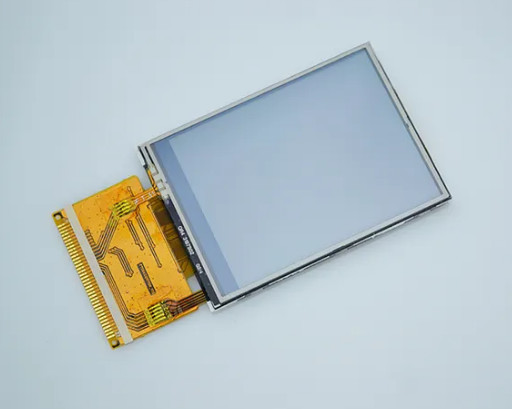The History of LCD (1970s)
Blaze Display Technology Co., Ltd. | Updated: Nov 27, 2018
1970s
On December 4, 1970, the twisted nematic field effect (TN) in liquid crystals was filed for patent by Hoffmann-LaRoche in Switzerland, (Swiss patent No. 532 261) with Wolfgang Helfrich and Martin Schadt (then working for the Central Research Laboratories) listed as inventors. Hoffmann-La Roche licensed the invention to Swiss manufacturer Brown, Boveri & Cie, its joint venture partner at that time, which produced TN displays for wristwatches and other applications during the 1970s for the international markets including the Japanese electronics industry, which soon produced the first digital quartz wristwatches with TN-LCDs and numerous other products. James Fergason, while working with Sardari Arora and Alfred Saupe at Kent State University Liquid Crystal Institute, filed an identical patent in the United States on April 22, 1971. In 1971, the company of Fergason, ILIXCO (now LXD Incorporated), produced LCDs based on the TN-effect, which soon superseded the poor-quality DSM types due to improvements of lower operating voltages and lower power consumption. Tetsuro Hama and Izuhiko Nishimura of Seiko received a US patent dated February 1971, for an electronic wristwatch incorporating a TN-LCD. In 1972, the first wristwatch with TN-LCD was launched on the market: The Gruen Teletime which was a four digit display watch.
In 1972, the concept of the active-matrix thin-film transistor (TFT) liquid-crystal display panel was prototyped in the United States by T. Peter Brody's team at Westinghouse, in Pittsburgh, Pennsylvania. In 1973, Brody, J. A. Asars and G. D. Dixon at Westinghouse Research Laboratories demonstrated the first thin-film-transistor liquid-crystal display (TFT LCD). As of 2013, all modern high-resolution and high-quality electronic visual display devices use TFT-based active matrix displays. Brody and Fang-Chen Luo demonstrated the first flat active-matrix liquid-crystal display (AM LCD) in 1974, and then Brody coined the term "active matrix" in 1975.
In 1972 North American Rockwell Microelectronics Corp introduced the use of DSM LCDs for calculators for marketing by Lloyds Electronics Inc, though these required an internal light source for illumination. Sharp Corporation followed with DSM LCDs for pocket-sized calculators in 1973 and then mass-produced TN LCDs for watches in 1975. Other Japanese companies soon took a leading position in the wristwatch market, like Seiko and its first 6-digit TN-LCD quartz wristwatch, and Casio’s ‘Casiotron’. Color LCDs based on Guest-Host interaction were invented by a team at RCA in 1968. A particular type of such a color LCD was developed by Japan's Sharp Corporation in the 1970s, receiving patents for their inventions, such as a patent by Shinji Kato and Takaaki Miyazaki in May 1975, and then improved by Fumiaki Funada and Masataka Matsuura in December 1975. TFT LCDs similar to the prototypes developed by a Westinghouse team in 1972 were patented in 1976 by a team at Sharp consisting of Fumiaki Funada, Masataka Matsuura, and Tomio Wada, then improved in 1977 by a Sharp team consisting of Kohei Kishi, Hirosaku Nonomura, Keiichiro Shimizu, and Tomio Wada. However, these TFT-LCDs were not yet ready for use in products, as problems with the materials for the TFTs were not yet solved.


